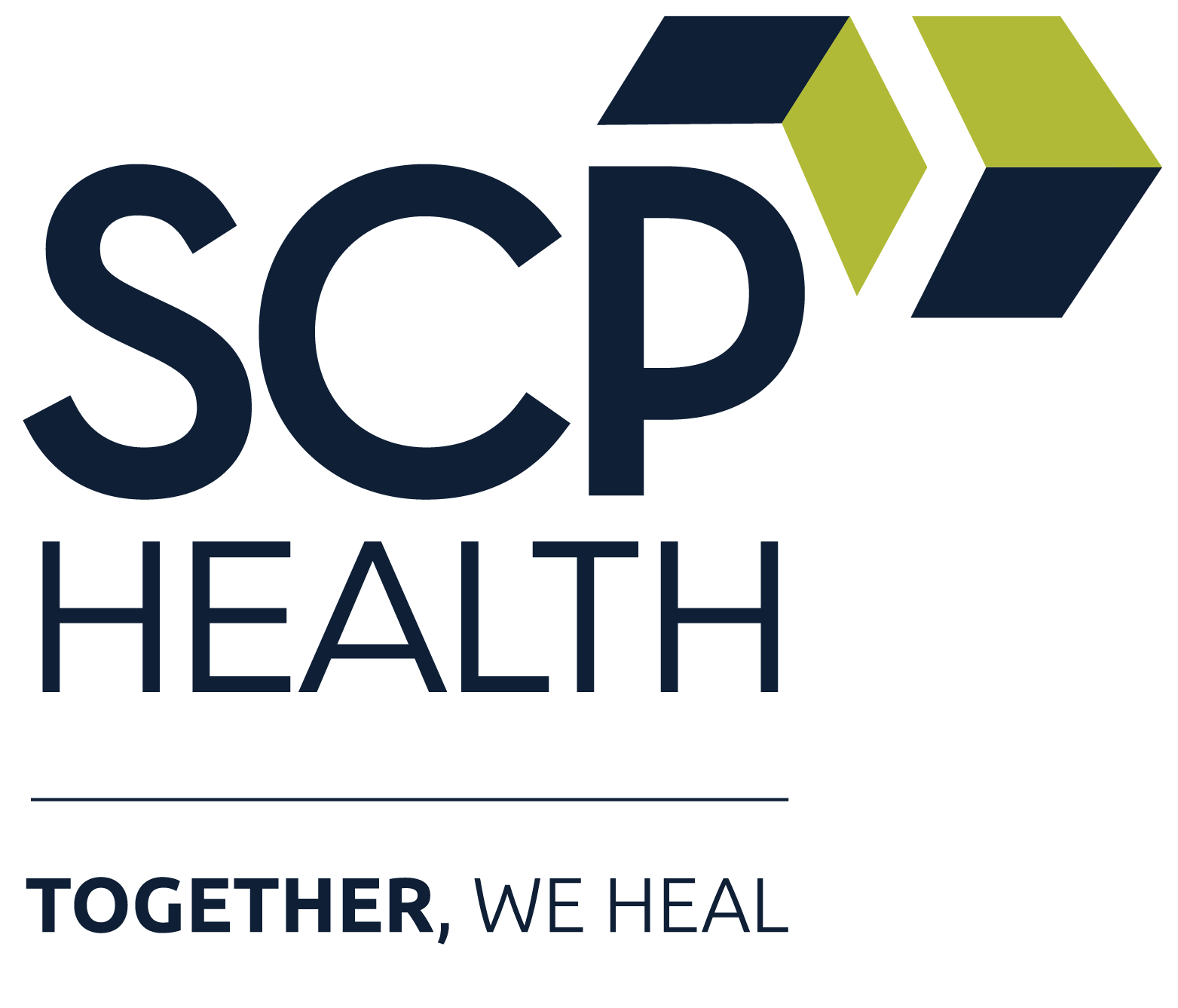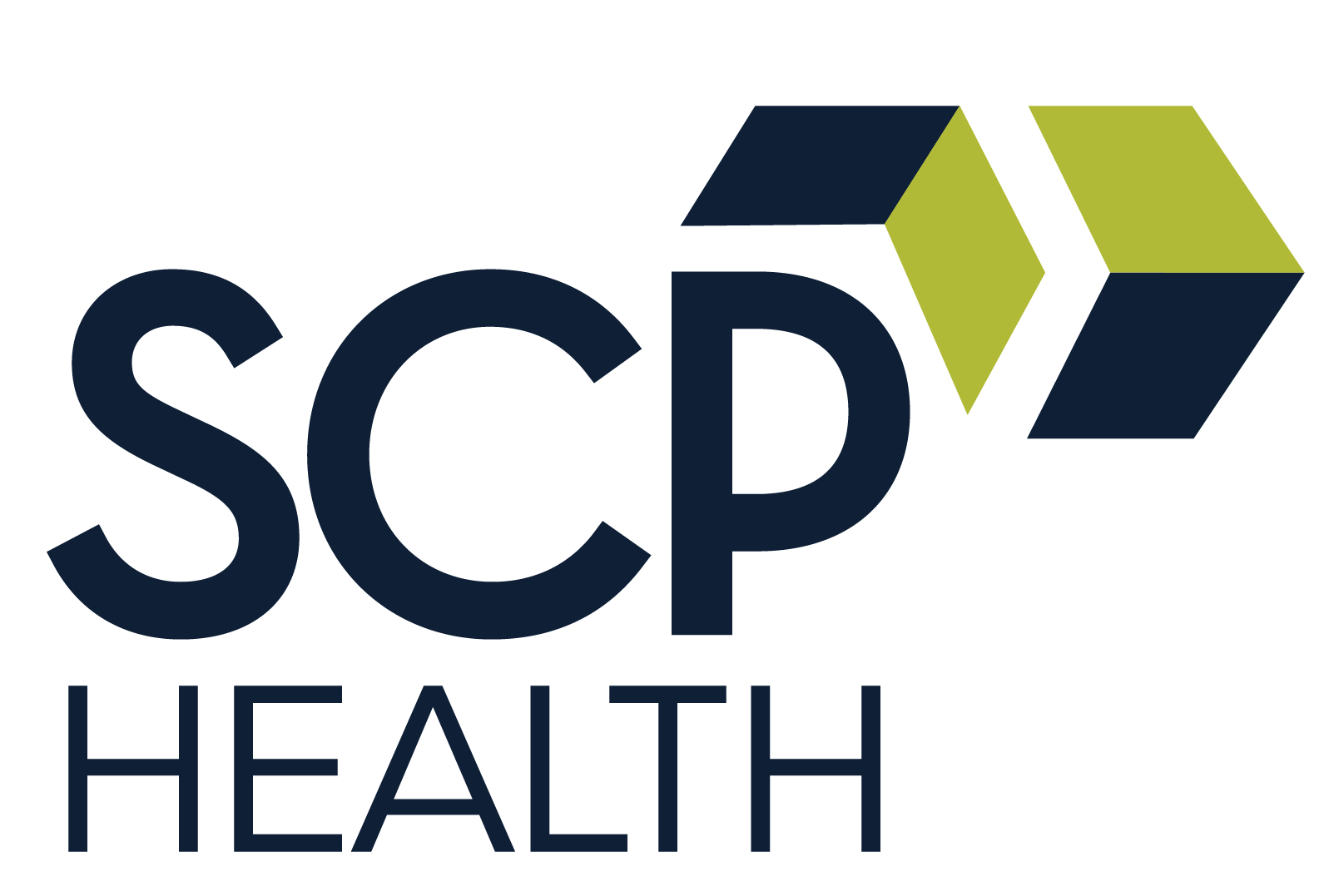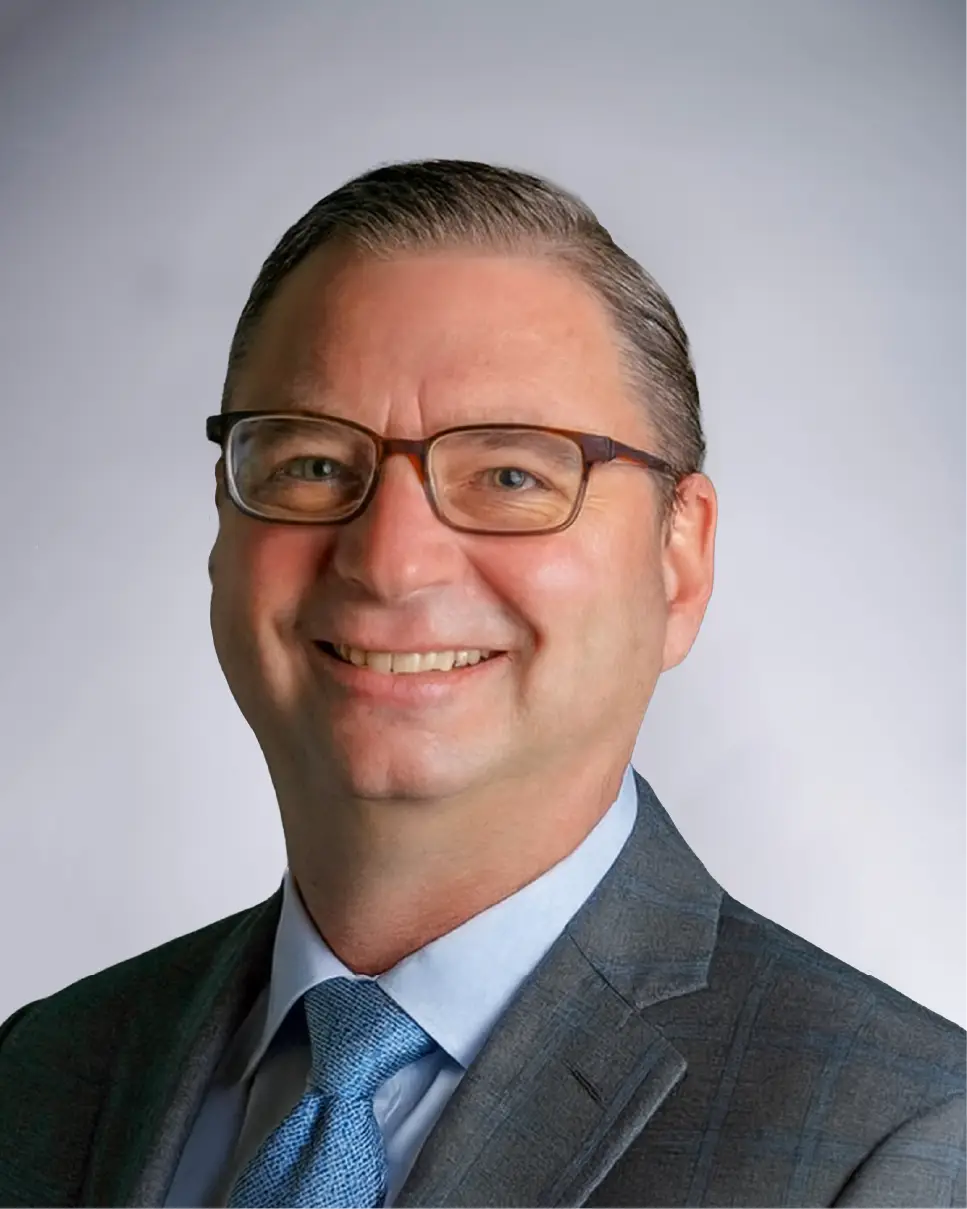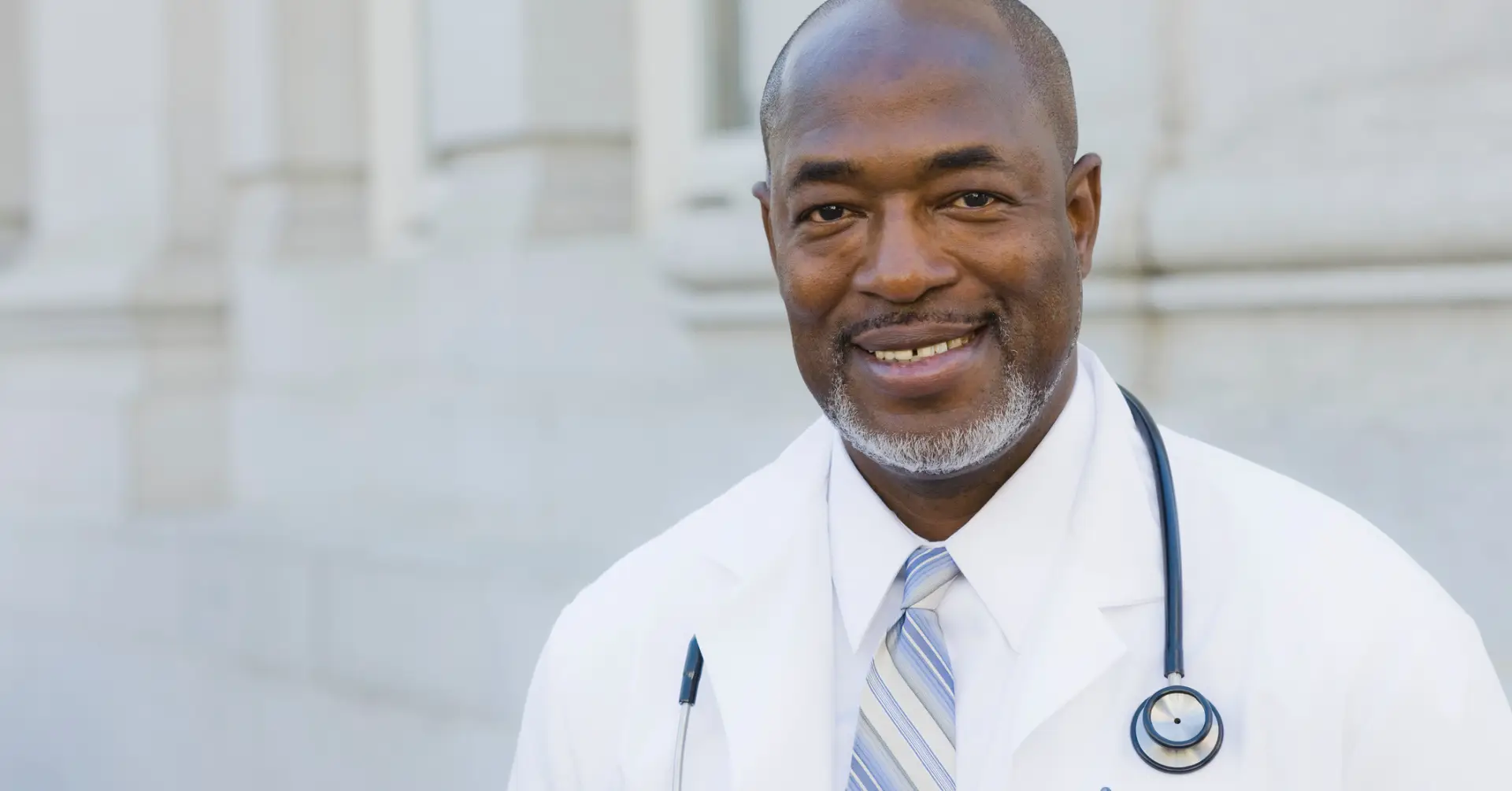From the Office of Medical Affairs
Where were you in the 1990s? Hopefully, most of you reading this will already have been born, as was the author! There were CDs, Beanie Babies, house phones on the wall, video rental stores, and plenty of opioid prescriptions being written and handed out in staggering numbers. It was a decade draped in neon and nostalgia—but an epidemic was silently taking root beneath the pop culture veneer.
Icons of the decade like Whitney Houston, Nirvana’s Kurt Cobain, and Michael Jackson were at the top of the charts, and yet they sadly struggled with substance abuse and ultimately, they succumbed to their addictions.
This was a time, according to the CDC, when the extensive overuse of opioids began. Opioids prescribed for pain escalated and resulted in the overuse of opioids in the following years. Most patients did not realize how addictive codeine, oxycodone, hydrocodone, and even fentanyl could be.
Today, we are living in a country with the highest opioid death rate in the world. Unfortunately, the United States leads, with Canada coming in second. Not only do we have the highest opioid death rate, but we also have the highest death rate from amphetamines and cocaine overdoses (ODs).
Fast forward to 2024, and we faced a grim reality: Opioid overdoses are killing 150 Americans every single day. In 2024, SCP Health clinicians cared for over 6,700 patients with opioid use disorder (OUD). Currently, West Virginia has the highest drug OD death rate, followed by the District of Columbia and Tennessee. Meanwhile, the Midwest has the lowest drug overdose death rates in states like Nebraska, Iowa, and South Dakota.
The problematic opioid epidemic in the United States has necessitated an awareness movement. In 2024, SCP Health, we declared this crisis one of our most urgent initiatives.
To tackle this crisis, our Office of Medical Affairs and Clinical Leadership Council made this one of their high-priority quality initiatives and a focus that will continue into the future.
By participating in the American College of Emergency Physicians (ACEP) E-QUAL Opioid Initiative, we’re fighting back. We are engaging patients and using harm-reduction strategies to reduce opioid morbidity and mortality. We are committed to outperforming the E-QUAL national averages for naloxone prescriptions at discharge and medically assisted treatment (MAT) instruction in the emergency department.
Last year, we did just that—exceeded our targets with both measures.
- Naloxone prescriptions at 40%, exceeded the target of 25%.
- MAT instruction in the emergency department at 14.3%, exceeded the target of 10%.
The secret sauce? Clinician education, feedback to outliers, and more education.
So, how can you help your programs deliver the best care for patients with OUD?
- Use available resources for education on MAT, OUD, and reducing disparities in OUD care.
- Engage patients and families in the system of care and make them part of the solution.
- Start a practice improvement initiative for OUD to create focus.
- Work with your hospital’s IT team for EMR dot phrases and automatic naloxone prescriptions where warranted.
- Know your individual and your program’s compliance results for naloxone and MAT.
- Utilize data to pinpoint areas for improvement.
But more than anything, you must have the difficult conversions. Commit to discussing OUD with patients and providing appropriate counsel, education, and referrals. Above all, prescribe Naloxone if indicated.
You might save a life. Because often, their life literally depends on it.
We must not just acknowledge this crisis, we must also act.





